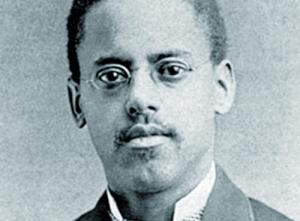Announcing My New Book
Steve Mitnick is President of Lines Up, Inc., Editor-in-Chief of Public Utilities Fortnightly, and author of “Lines Down: How We Pay, Use, Value Grid Electricity Amid the Storm.”
The fourth of September is huge in the electric industry's history. On that day, in the year 1882, at three o'clock in the afternoon, an engineer threw the switch at the first central power station, at Pearl Street, in Manhattan. Simultaneously, a few blocks away, Thomas Edison turned on the electric lights in the offices of financial mogul J. Pierpont Morgan and the room brightened.

According to Paul Israel's book "Edison - A Life of Invention," Pearl Street's success was so critical to advance Edison's vision for the generation and distribution of electricity that he spent much of his time right there in 1881 and '82. Edison sent canvassers door-to-door in the surrounding neighborhood to assess how much lighting was needed. He developed a miniature model of the required underground distribution system. He pushed the Board of Aldermen to allow underground lines, the financiers to fund the whole affair, and the workforce to labor at all hours. As for the generating equipment, it was innovated on the fly and tested incessantly for reliability and cost efficiency.
Celebrating his thirty-fourth birthday that day, right there in Manhattan too, Lewis Latimer undoubtedly took note. Among the scientists, engineers and financiers of the Second Industrial Revolution, Latimer had already accomplished much and was already known by many of them.

